A Game-Like Drill for Developing Timing, Pitch Recognition, and Reaction to Various Pitch Types
Live Batting Practice provides hitters with the closest experience to a real game by facing a live pitcher. This drill helps players improve their timing, recognize pitch types, and adjust to different speeds and locations.
Difficulty Rating: ★★★★☆ (Advanced)
Time Estimate: 20-30 minutes
Setup:
- Equipment Needed:
- Full baseball gear (helmet, bat, gloves, etc.)
- Pitcher with protective screen (if needed for safety)
- Baseballs
- Field or batting cage with enough space to simulate a real at-bat experience
- Player and Pitcher Positioning:
- The batter stands in the batter’s box as they would during a game.
- The pitcher takes their place on the pitching mound or an appropriate distance from the batter, depending on the player’s skill level. The use of a protective L-screen is recommended for younger pitchers or when practicing indoors.
- Additional Set-Up Tips:
- Have a catcher, if possible, to retrieve pitches and provide more game-like feedback to the batter.
- For added feedback, have coaches or teammates positioned nearby to observe the swing mechanics and give constructive tips between pitches.
How to Run the Drill:
- Pitching Execution:
- The pitcher throws a variety of pitches to the batter, incorporating different speeds, locations, and types (e.g., fastballs, changeups, and breaking balls).
- The pitcher should aim to provide a realistic mix of pitches, simulating what a batter would encounter in a game.
- Focus for the Batter:
- The batter should focus on timing, maintaining good mechanics, and tracking each pitch from the pitcher’s hand through the hitting zone.
- Encourage hitters to react naturally to each pitch rather than pre-determining their swing. Remind them to only swing at pitches within the strike zone.
- Instruct hitters to take note of their timing, balance, and pitch recognition. After each pitch, they can make small adjustments as needed.
- Rotations and Repetitions:
- Each batter should take 8-10 pitches per turn to get a range of pitch types and speeds.
- Rotate players to ensure rest and recovery, especially for younger pitchers. During rotations, provide feedback and pointers on swing adjustments or pitch recognition.
Why You Run This Drill:
Live Batting Practice is essential for developing timing, pitch recognition, and the ability to adjust to game-like situations. This drill challenges players in ways that traditional soft toss or machine batting practice cannot, helping them to sharpen their skills for real game conditions. The live pitcher adds an element of unpredictability, which improves reaction time and decision-making.
Key Skills Developed:
- Timing and Rhythm: Batters learn to time their swing with a live pitcher’s windup and release, developing rhythm and consistency.
- Pitch Recognition: This drill helps batters identify different pitches based on movement, spin, and speed.
- Confidence in Game Situations: By simulating game-like at-bats, players build confidence in their ability to handle diverse pitching styles and scenarios.
Pros and Cons of Live Batting Practice
Pros:
- Realism: Simulates real game conditions, making it the most game-like hitting practice.
- Improved Timing and Rhythm: Helps players develop the timing needed to face live pitching.
- Enhanced Pitch Recognition: Teaches players to distinguish between pitch types, speeds, and locations.
- Mental Preparation: Conditions players to focus and maintain composure in pressure situations.
Cons:
- Risk of Overuse Injuries: Extended live pitching can put strain on young pitchers’ arms. Coaches should monitor pitch counts and provide sufficient rest.
- Requires a Pitcher: Needs a dedicated, skilled pitcher to throw various pitches and provide realistic simulation.
- Advanced Difficulty: This drill is more challenging and can be frustrating for players not yet comfortable facing live pitching.
Coaching Notes & FAQs:
Coaching Tips:
- Feedback Between Turns: Use the time between turns to give individual feedback. Point out any timing issues, mechanical adjustments, or approach strategies the player can work on.
- Start Simple for Beginners: For younger or less experienced players, start with only fastballs and gradually introduce other pitch types as they become more comfortable.
- Track Progress Over Time: Encourage players to track their progress with timing and pitch recognition over multiple sessions. Highlight improvements in confidence, pitch selection, and swing consistency.
Frequently Asked Questions:
- What if the batter is struggling to hit different pitches?
- If the player struggles with pitch recognition or timing, slow down the pace and provide more predictable pitches (e.g., all fastballs). Gradually add more variety as they build confidence and comfort.
- How can I ensure safety during live batting practice?
- Always use an L-screen to protect the pitcher, especially with younger or less experienced pitchers. Make sure all players and coaches are wearing helmets and other necessary protective gear.
- How often should we run live batting practice?
- Live batting practice can be run 1-2 times per week, especially as players approach game days. Too much live pitching can lead to fatigue, so monitor players closely and ensure adequate rest for pitchers.
- Can this drill benefit younger players?
- Yes, but the difficulty level should be adjusted based on experience. Start with simple pitches and build up to a more varied selection as younger players gain confidence.
Live Batting Practice is one of the best ways to prepare players for real game situations, enhancing their timing, pitch recognition, and mental readiness. By incorporating this drill regularly and adjusting it to each player’s skill level, coaches can help players gain confidence and become more complete hitters in competitive settings.
